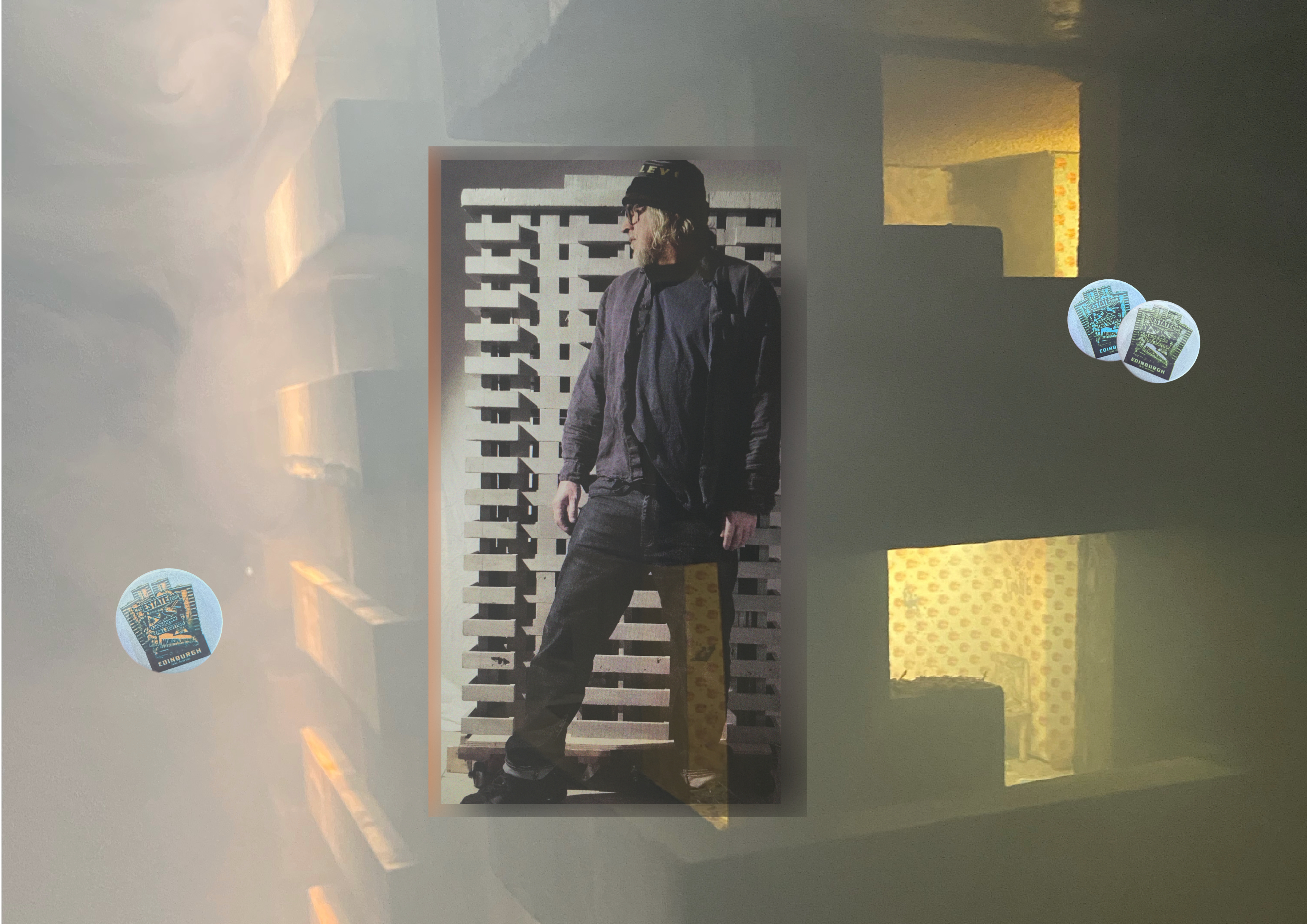


On Saturday 7.5.22, North Edinburgh Community Festival took place at West Pilton Neighbourhood Centre and West Pilton Park.
One of the events was a sharing of work by members of North Edinburgh Writers Group, who read work written during lockdown, much of which was published in Writing the Times.
In 2021, members of the group visited ESTATE during its residency at North Edinburgh Arts, and wrote their responses, contained here.
One member Anna Baran, read her response as part of the group’s festival sharing session, which can be viewed below.
Anna’s words can also be read below.
My personal reflection and association I had with the visit to ESTATE, including my student placement at a construction site, as well as memories of Chernobyl and other abandoned post-Soviet buildings and cities, now reclaimed by Nature.
My palms are getting numb,
Freezing cold entering my bones,
My fingers deformed from holding the spatula.
Cementing morning till late nights
Miles of white walls,
Taking decades to complete.
My hands are sore from holding the brush.
Painting walls and ceiling for a lifetime.
I have not seen a single cloud or sun on the sky.
Just miles of grey walls being turned into white.
White desert of concrete blocks.
The first thing I see at dawn,
The last one before I close my eyes.
Retired, I walk around the block.
Locked in one of the cages myself.
Carrying my shopping in one of deformed hands.
I feed my eyes and hearing with sounds of life.
Bright laundry carried away by the gust of northern wind,
A cat around the corner chasing yesterday's newspaper,
Two pensioners like myself on the bench at the front entrance,
Some unidentified bottles hidden behind them in a paper bag.
And one day the explosion, the silence, lots of fire and smoke.
Hundreds of fire brigades, the army, police cars,
Paramedics and ambulances.
Few days of rush,
Dead bodies in a neat pile covered by plastic sheets.
Another pile-to be identified, low priority.
Third one-body parts, possibly to go to a mass grave
Or cremated, less evidence.
Everlasting silence.
Frost and snow have now covered everything.
No trace of fire, no sound, no movement.
What was once a concrete prison for the living,
Now became an eternal home for the dead.
Anna also works as Community Engagement Officer with Granton Goes Greener, based at Granton Parish Church, and is active in raising funds for Ukraine.
This Saturday May 7th, our friends at North Edinburgh are hosting North Edinburgh Community Festival.
This will include a sharing of writings by North Edinburgh Writers Group, including responses to ESTATE.
The festival take place at West Pilton Park and West Pilton Neighbourhood Centre, 19 West Pilton Grove, Edinburgh EH4 4BY, from 12 noon to 6pm.
This is the current temporary home of North Edinburgh Arts, who are majorly involved in North Edinburgh Community Festival.
'Writing the Times' sharing session takes place between 2.30 and 3.30pm at West Pilton Neighbourhood Centre Function Hall.
Admission is free!
Here's a map for you - Google Maps
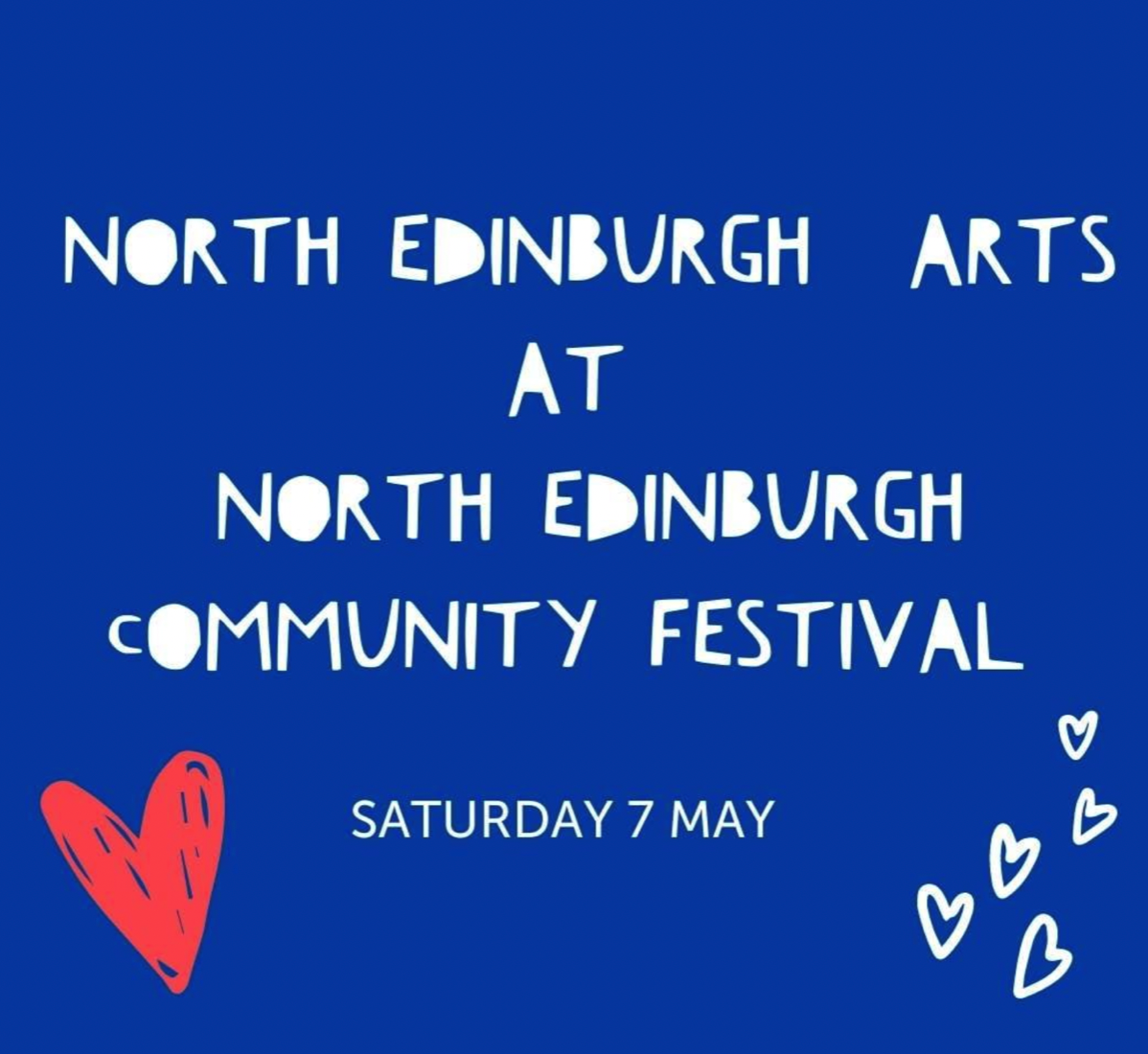
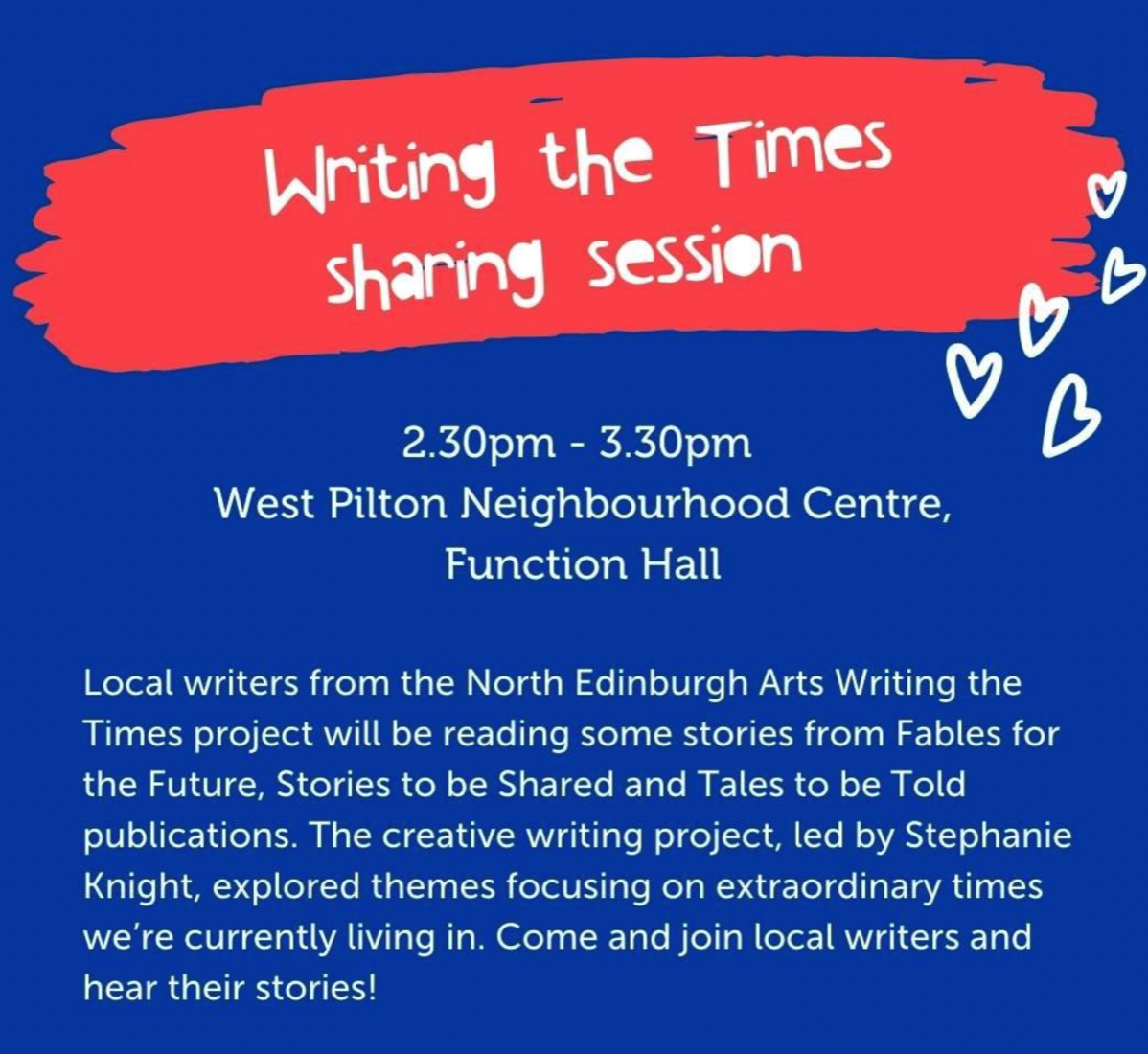
More news from our friends at North Edinburgh Arts in their latest newsletter…
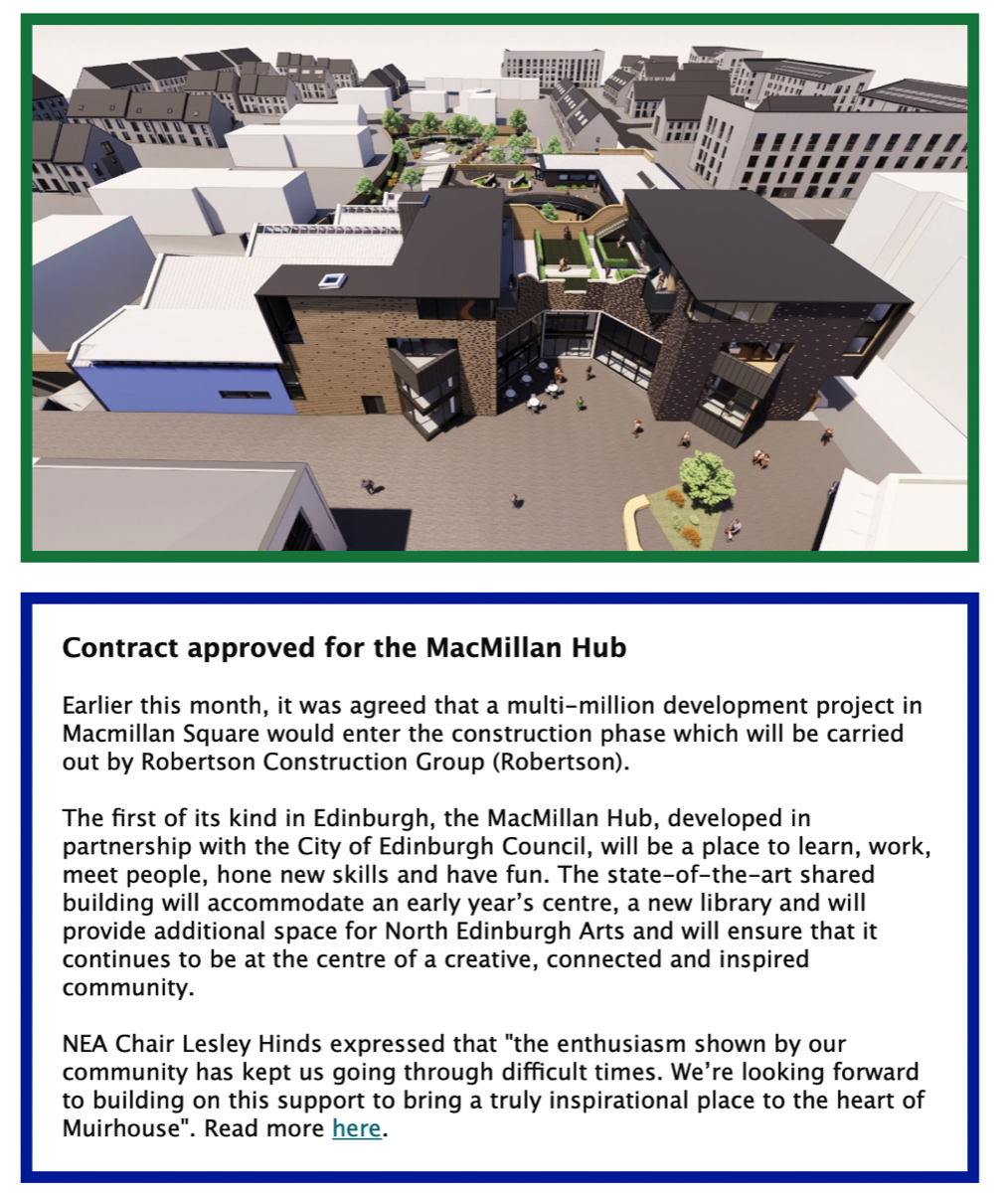
From our friends in Teeside…
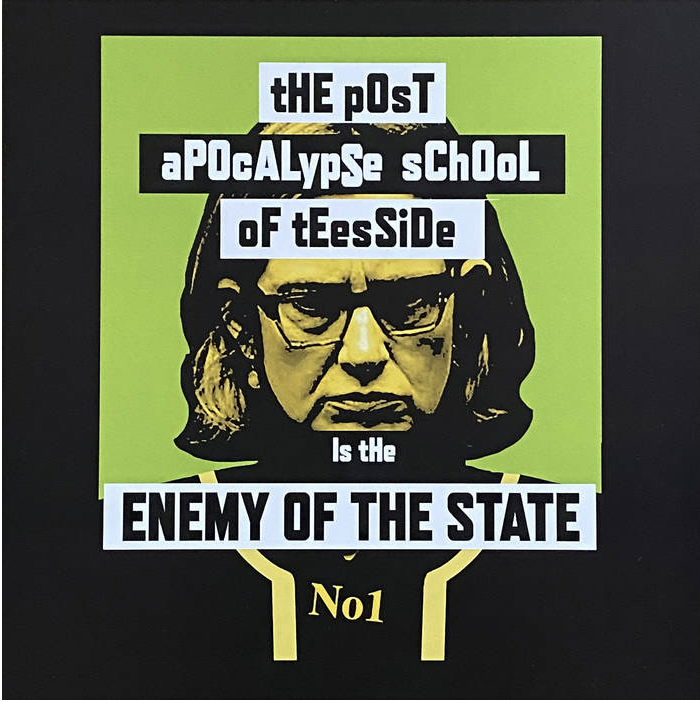
MdZ ESTATE LP
Digital release now available on Bandcamp
Compiled by Lisa Lovebucket
Released by Butterfly Effect
5.23pm
23.1.22.
£5.23
Ruins is a new composition by Black Hill Transmissions, which appears on their latest release, Transmission #2, available here
The video for Ruins features a 20-second loop filmed at ESTATE Edinburgh in June 2021.
The images are a perfect match for the dystopian sonic sludge that comes crawling from the wreckage like a spacecraft breaking apart on re-entry.
Black Hill Transmissions is the latest musical guise of Mark Scanlan, who previously released three albums between 2000-2010 as KOBRA AUDIO LABS.
Ruins and the rest of Transmission #2 was recorded during the first months of lockdown, at home in North Lanarkshire, and takes a darker turn from its predecessor, Transmission #1.
‘…there is no place like home, even if that home is a dying planet, a smouldering city, an inhospitable island… this is as much for Thomas Jerome Newton as for Hassan Yaqub…’
Transmission #3 is pending...
https://blackhilltransmissions.bandcamp.com/album/transmission-2
From the ESTATE diaspora… Joey Simons’s The Fearful Part Of It Was The Absence reviewed in Scottish Art News.
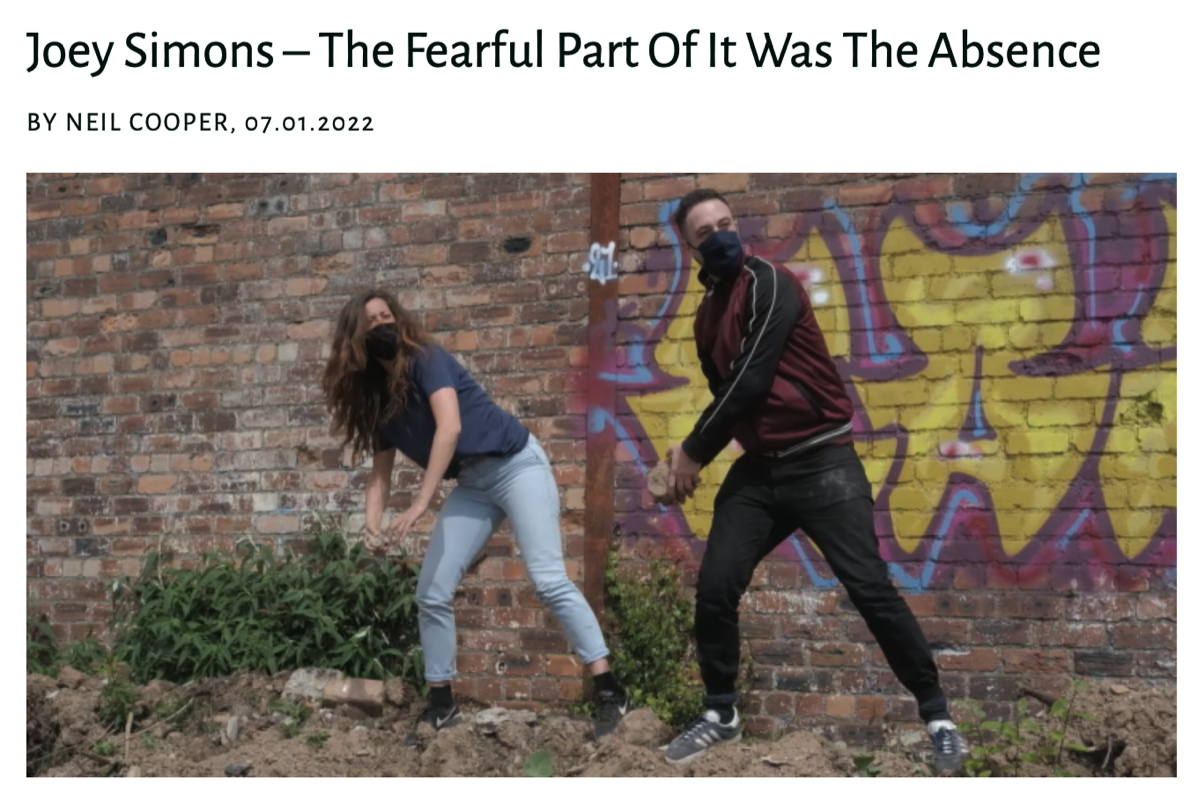
Now that the former Home Secretary and authoritatian voice of ESTATE is a trustee of renewable energy based non-profit, The Climate Group, that must make her….
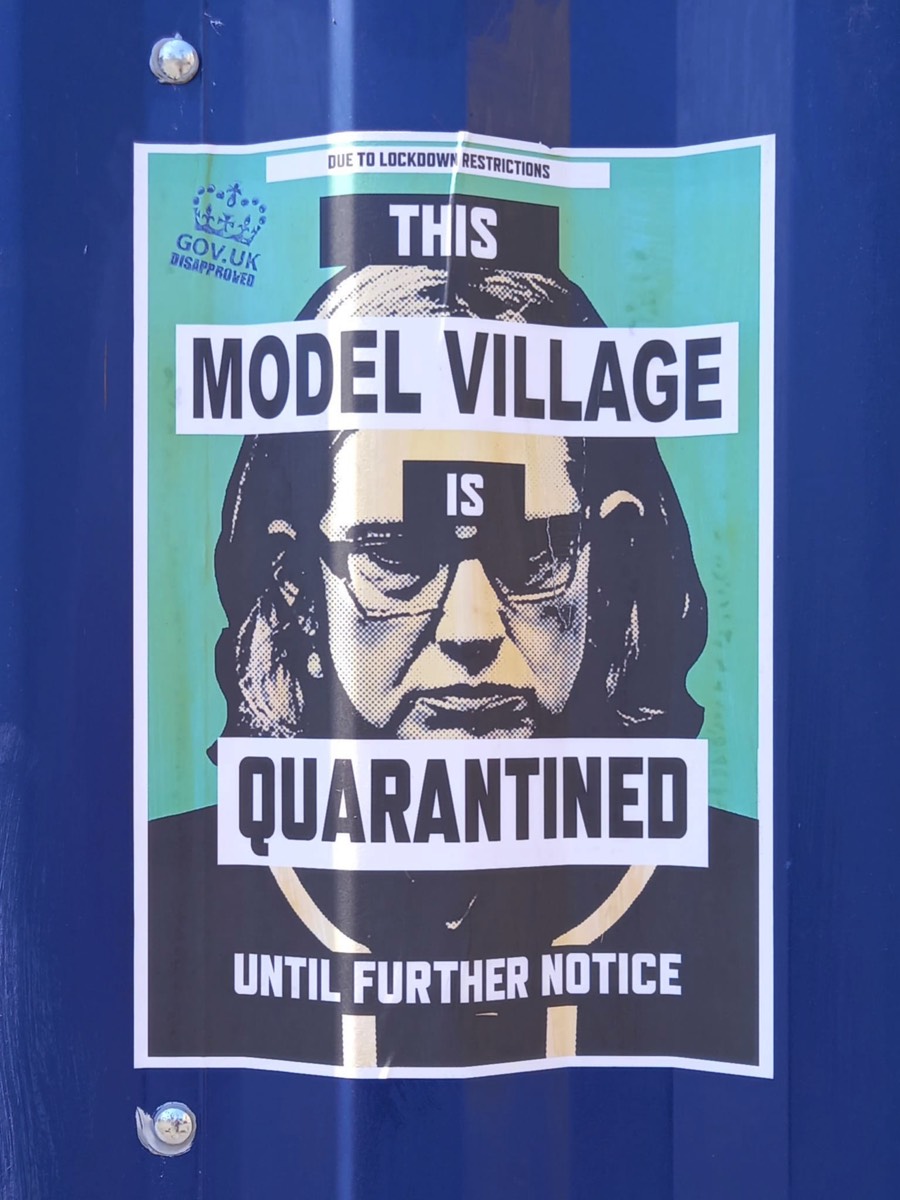
Fantastic news from our friends at North Edinburgh Arts.
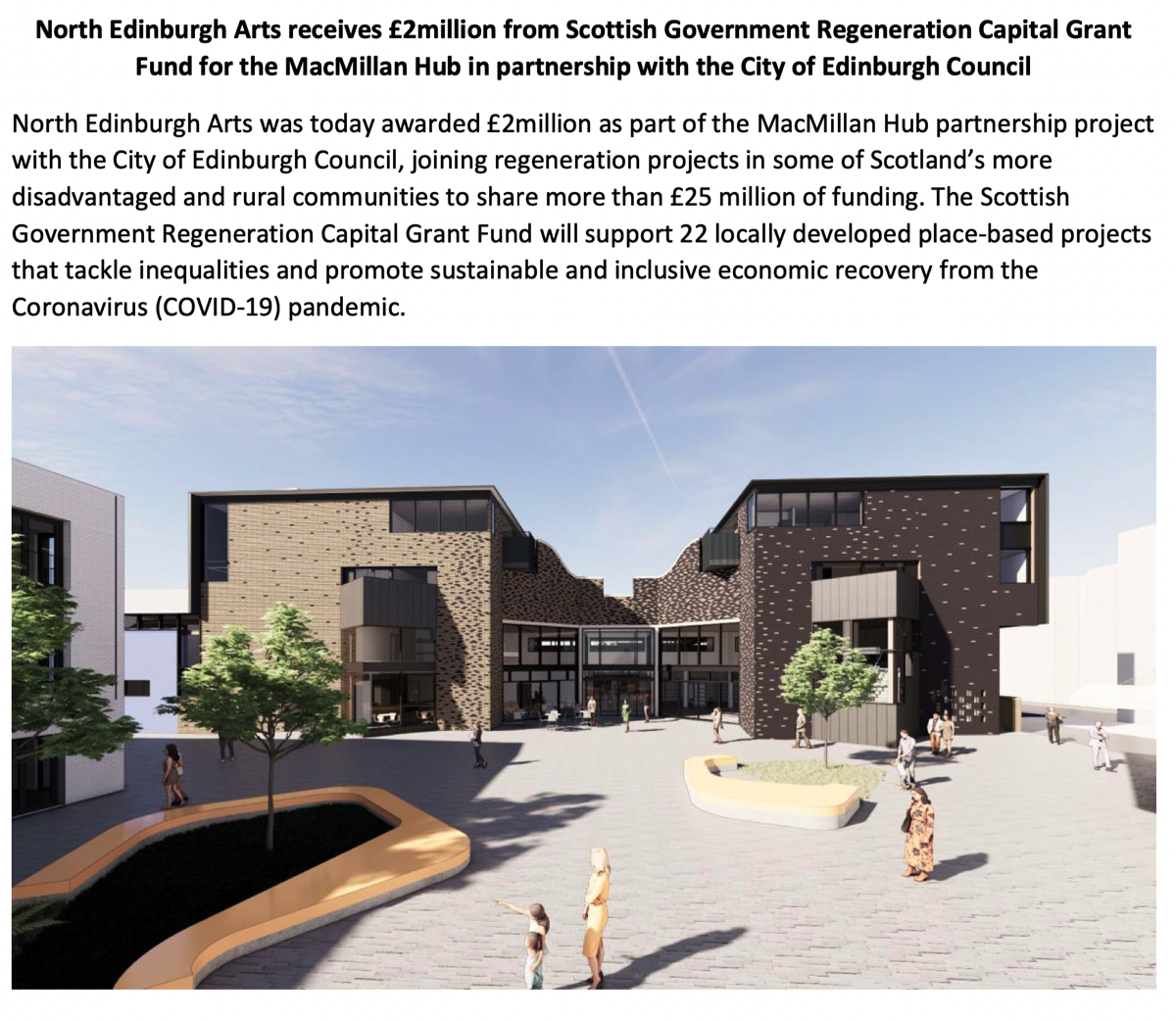
Children of the Aftermath arise.
The Fearful Part Of It Was The Absence is a new exhibition by Joey Simons, which is currently running at Collective Gallery in Edinburgh until 13.3.22.
As social historian in residence at Platform in Glasgow, Simons wrote and produced SCHEMING, a publication made to coincide with ESTATE’s dates there.
Simons’ new exhibition looks at a history of riots in Glasgow, and was informed in part by Simon’s’ experience of The Aftermath Dislocation Principle, the first of Jimmy Cauty’s dystopian model villages in a shipping container, which toured to Glasgow and Edinburgh in 2016.
Click image for full details.
Essential viewing for would-be insurgents everywhere.

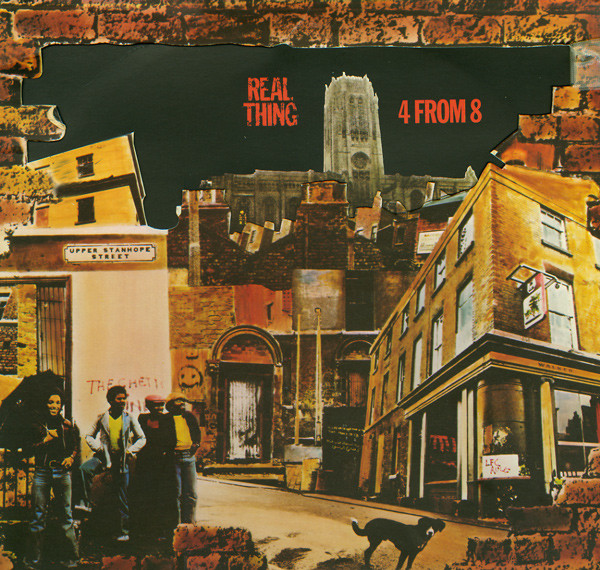
‘LIVERPOOL LIKE BRISTOL 1980 - RISE UP!’
No-one seemed that bothered by the chalked on words scrawled on a wall in the centre of town. That’s if they even noticed them as they bustled past on that busy week day lunchtime. The words were easy to miss if you weren’t looking for them, but for those who knew what they were looking for, and others like me whose eye accidentally caught them, they read like a call to arms.
I’d left school that summer, and had stumbled into a Youth Opportunities Programme with British Rail for £23.50 a week. The YOP scheme had been set up so Thatcher could massage the dole queue figures down to below the million they really were. I spent most of my £23.50 at Probe, the punky-hippy record shop where I’d probably just been when I saw the chalked on words, which stopped me in my tracks.
That April in Bristol there had been what came to be known as the St. Pauls riot, which happened after police raided the Black and White Café on Grosvenor Road in the city. The Black and White was a Caribbean food café dubbed by the Observer newspaper as recently as 2003 as ‘Britain’s most dangerous hard drug den’. The café was closed shortly after and subsequently demolished a year later.
The St Pauls riot happened against a backdrop of poor housing, economic disparity, racial tensions aggravated by indiscriminate use of the police stop and search SUS law and a community ripped in two by the M32 motorway. The 1980 raid prompted several hours of unrest that saw a bank, a post office and police cars and fire engines damaged in the melee. 130 people were arrested, and 90 charged, though in the end no one was prosecuted.
Events in St Pauls prompted a copycat riot in the primarily white working class area of Southmead. More significantly, it was one of the most volatile moments to occur during the early days of Margaret Thatcher’s first term as prime minister, revealing a tinderbox of simmering tensions in a disunited kingdom that looked set to explode once more any minute.
Britain has always been a police state. Up until recently, those running it were really clever about it most of the time, hiding it in plain sight shielded by a very British form of Newspeak. Only occasionally did those in charge get found out after pushing things too far, like they did in Northern Ireland during the Troubles. In that case, they stopped trying to pretend things were being dealt with in a civilised manner, and the two-channel news bulletins were full of shaky-handed footage of rubber bullet and petrol bomb loaded confrontations on Belfast and Derry streets.
Other than that, in an era where politics in the UK appeared civilised to the point of dullness, a riot was the last thing likely to happen here. Nah. Riots were the stuff of grainy news footage of civil rights and anti Vietnam marches being broken up in1960s America. It was Bob Dylan singing The Times They Are a-Changin’ (1964), and Nina Simone singing Mississippi Goddamn (1964). It was Sly and the Family Stone releasing There’s a Riot Goin’ On (1971), and Neil Young writing Ohio (1971).
Things were changing, however, as the death of Blair Peach in 1979 while taking part in an Anti Nazi League demonstration against the National Front in Southall exposed. During the demonstration, Peach, a 33-year-old schoolteacher from New Zealand, was hit over the head, and died in hospital later that night. A report later concluded that the fatal blow was struck by an officer from the Special Patrol Group, a unit set up by the London Met to tackle such incidents. What happened to Peach revealed a rare crack in the police’s armour. It was the shape of things to come.
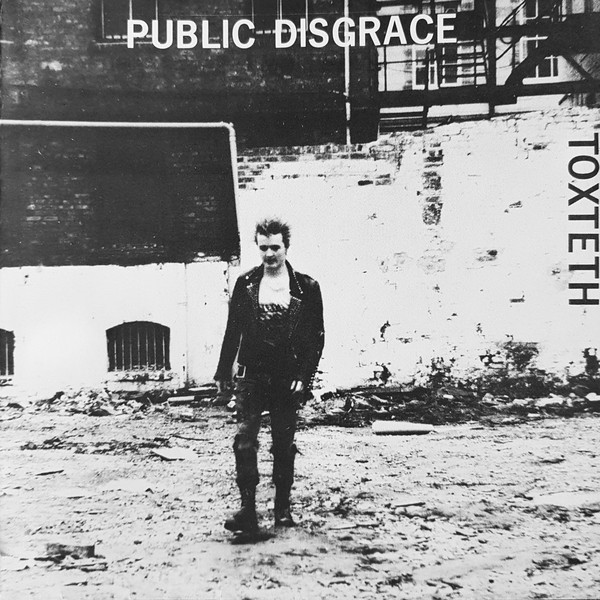
To a wet behind the ears young shaver like me, me, at least, ‘LIVERPOOL LIKE BRISTOL 1980 - RISE UP!’ sounded inflammatory and hard to imagine. In England’s dreaming, The Clash’s own call to arms with White Riot sounded like posh boy posturing. The Mekons were nearer the mark with the shambolic glory of Never Been in a Riot. And who had ever been in a riot? The idea of extended displays of street violence in Anfield Liverpool 4 where I lived sounded mad. Except on match days, when a steady exodus past our front door towards the football ground beyond would occasionally erupt into something more raucous, but nothing serious.
Visits by Manchester United made life on the street after the game particularly treacherous. In truth, though, the only real sign of aggro I ever saw was one Saturday teatime after a Liverpool v Man U game. I was doing my paper round, delivering the Echo, and a gang of red-scarfed youths pegged it past me, scattering in different directions with police on horseback in hot pursuit.
One young terrace terror scrambled his way over the wooden fence of my old infants school, making up in desperation what he lacked in stealth. He was followed shortly by Merseyside Constabulary’s version of the cavalry, which saw the uniformed officer and his trusty steed gallop towards the same spot where their assailant had attempted to dodge them.
Displaying equestrian skills impressive enough to suggest they were leaping Beecher’s Brook at the Grand National rather than into a primary school playground, policeman and horse vaulted vigorously over the wooden fence, and charged on, presumably getting their man. But that was a football thing. A riot like the one in St Pauls was different.
My dad always warned me not to dare go anywhere near Liverpool 8, or Toxteth as it came to be better known on the news a few months later. Liverpool’s most multi racial area was akin to St Pauls in terms of social deprivation, and formed the red-brick backdrop to numerous concerned TV documentaries made by Oxbridge graduates trying to be streetwise.
To be honest, I wouldn’t have known where to find what I was gradually learning was a bohemian district of cheap flats in rundown Georgian and Victorian houses. The fact that my dad warned me not to venture down there made the prospect even more alluring.
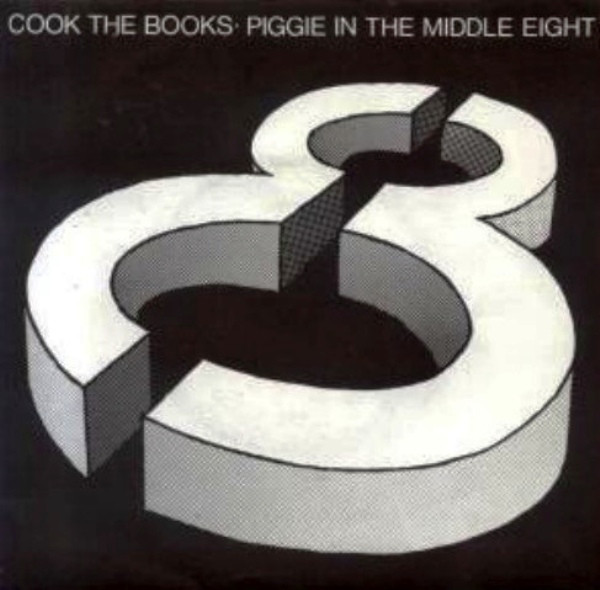
In 1977, Liverpool 8 sired soul group The Real Thing, led by Chris and Eddie Amoo, released their second album, 4 from 8. The record was originally going to be called Liverpool 8, before the record company vetoed it, though they seemed to have let the rest of the band’s concept for the album pass unhindered.
4 From 8 came housed in a gatefold sleeve that featured a 3D photo montage of the band flanked by images of graffiti strewn houses with ripped open corrugated iron doors. A stray dog standing in the road in front of a deserted street corner pub peered out through the broken red brick frame. Above it, Liverpool’s Anglican Cathedral loomed forebodingly over chimney tops. On the inside cover, the cathedral’s full expanse was revealed, standing in what looked like a post-apocalyptic bombsite.
The record itself featured a Liverpool 8 triptych, centrepiece of which was Children of the Ghetto, a slow burning lament that sounded more like something to have come out of Harlem rather than Liverpool. For a band who had scored a number 1 smash hit in the singles chart the year before with the disco friendly You to Me Are Everything, with the follow up, Can’t Get By Without You, going to number 2, this was quite a statement.
Other than having a minor hit with Love’s Such a Wonderful Thing, taken from the album, 4 From 8 was a commercial failure, with a second single lifted from it, Lightning Strikes Again, failing to chart.
Despite this, Children of the Ghetto became an anthem for black youth in the face of everyday bully-boy tactics from the local constabulary. It was such heavy handed tactics that led to what happened four years later, not just in Liverpool, but in the similarly multi racial Moss Side district of Manchester, and in Brixton too.
Children of the Ghetto was later covered by former Earth, Wind and Fire co-vocalist Philip Bailey on his 1984 album, Chinese Wall. Two years later, new-jazz saxophonist Courtney Pine recorded a version of the song for his debut album, Journey to the Urge Within (1986), featuring former Supreme Susaye Greene on lead vocal. Children of the Ghetto is now regarded as a modern classic.
By the summer of 1981, I’d just finished my second six month YOP scheme, this one working in the post room and loading bay of the John Moores Centre, headquarters of the Littlewoods catalogue and football pools empire founded by Moores, who founded a biennial contemporary art exhibition at the Walker Art Gallery. After two YOPs, and no permanent offers forthcoming, Thatcher couldn’t massage me out of existence any longer, £23.50 or no £23.50, and I was officially on the dole.
I’d long forgotten about the ‘LIVERPOOL LIKE BRISTOL 1980 – RISE UP!’ graffiti. I had bands to see, books to read and records to buy, even if, like the rest of my generation, I was terminally skint.
I can’t remember where I first heard about what had kicked off in Liverpool 8 that July, but it was probably on the 6 O'Clock News. Seeing footage of burnt out cars and buildings on fire while groups of people scurried about in the dark or else lay injured on the ground suddenly brought back the chalked on call to arms I’d seen the year before.
The riots began following the arrest of Leroy Alphonse Cooper on Granby Street on July 3rd led to an incident in which three police officers were injured. As with Bristol, tensions in Liverpool 8 were high on poverty-stricken streets where unemployed youths were aggravated by seemingly indiscriminate use of SUS laws. Over nine nights of rioting, around 500 people were arrested.
Even so, seeing it on telly like that, it didn’t feel real. Here was something happening a bus ride away, where history was being made by the first use of CS Gas in mainland Britain. Footage of the Toxteth and Brixton riots would later be used ad nauseam on TV clip shows set to a soundtrack of Ghost Town by The Specials. The song was that summer’s number 1, and had been written partly in response to the Bristol riots the year before.
Before all that clip show history, watching the Toxteth riots on the news as they were happening looked as distant as the reports on what was happening in Belfast, or the civil rights demos and anti Vietnam marches on the other side of the world. In Anfield, Liverpool 4, meanwhile, there most definitely wasn’t a riot going on.
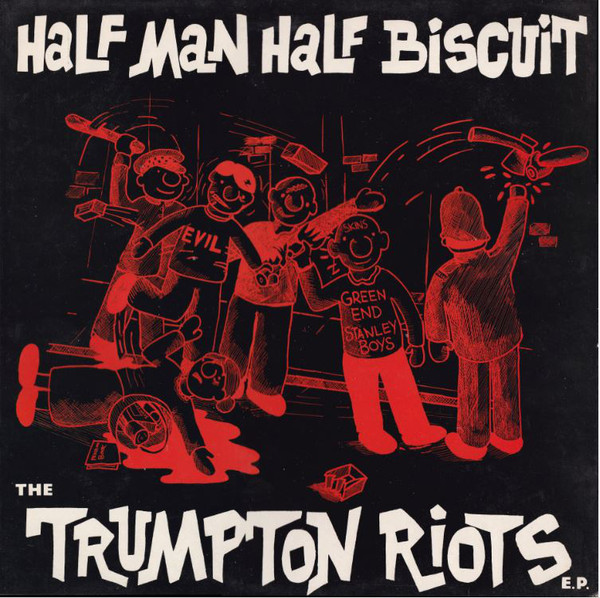
In the wake of the riots, responses from Liverpool’s fertile music scene were many. They included Piggy in the Middle 8 (1981), a reggae tinged single by indie band, Cook da Books, and the self explanatory Toxteth (1982), by punk outfit Public Disgrace. Arguably the best record to have been inspired by inner city unrest appeared several years later. The Trumpton Riots (1986) was a single by Birkenhead post punk satirists Half Man Half Biscuit, who fused classic children’s TV references with a crunchy post-punk shoutalong to lay bare the full tragicomic absurdity of urban unrest.
All these records, incidentally, were released on Probe Plus, the label offshoot of Probe, the record shop where I‘d spent much of my hard earned £23.50 YOP scheme pay packet before clocking the chalked on ‘LIVERPOOL LIKE BRISTOL 1980 – RISE UP!’ call to arms.
After all that, it seemed to kick off everywhere. In the summer of 1984, the Miner’s Strike threw up what came to be known as the Battle of Orgreave, later reconstructed and filmed by artist Jeremy Deller.
There were more riots in Liverpool in 1985, the same year things flared up in Handsworth in Birmingham and Tottenham in North London. Later, there were the anti Poll Tax riots in London that arguably brought Thatcher down, and on it went, people rising up across the land.
Somewhere along the way, a poet I knew a little bit called Keith Whitelaw wrote a poem called Rise Up. It was only twelve lines long, its three verses more an incantation than anything. ‘Rise up the pulses / Rise up the heart / Rise up the conscience / Rise up and start’ went the last verse. I’d heard him read it once, though I didn’t see it in print till years later, when I stumbled across Beautify the Nation (1992), a slim volume of his work, which told me he’d died of cancer in 1988 aged 33. Keith Whitelaw had worked in Toxteth Library when the riots happened. I wondered if he’d seen the writing on the wall the year before as well.
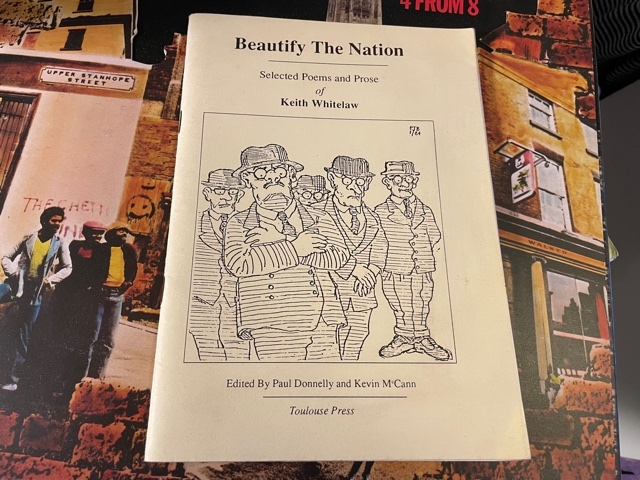
Forty years on from what has been historicised as the Toxteth riots, Liverpool 8 looks like another world. Hipster bars and cafes proliferate on previously run down streets. The new face of the neighbourhood was cemented when design collective Assemble won the 2015 Turner Prize for their development of houses in the Granby area in association with local residents.
This doesn’t mean that everything is okay. Far from it. There was further unrest in Liverpool 8 in 2011. This followed outbreaks of rioting across London that began in Tottenham Hale following the fatal shooting by police of local resident Mark Duggan. This also provoked protests in other cities across the country. Two years earlier, newsvendor Ian Tomlinson collapsed and died after being struck by a policeman during the protests against the G-20 summit in London.
Since then, there have been many, many more riots great and small I’m either half aware of, barely aware of, or else haven’t even registered they’ve happened. They don’t seem to get shown on the Six O'Clock News anymore in the way they used to be. They’re considered too commonplace, I imagine, and the TV news is bollocks anyway most of the time, so how do we know if its true or not?
At time of writing, barely a day goes by without police breaking up some protest or other. Black Lives Matter. Reclaim the Night. Kill the Bill. All these have seen police use the excuse of lockdown restrictions to break up peaceful socially distanced gatherings with what on footage that did make the news look like what might politely be called undue force. All of which are clear indicators that those in charge of the police state we live in have stopped being clever.
Maybe it’s that they were never clever in the first place, and are simply incapable of pretending any more. Either way, in the current climate, anything looks possible, and a riot in Liverpool or anywhere else like Bristol 1980 doesn’t sound remotely as inflammatory or as hard to imagine as it once did. Rise up.
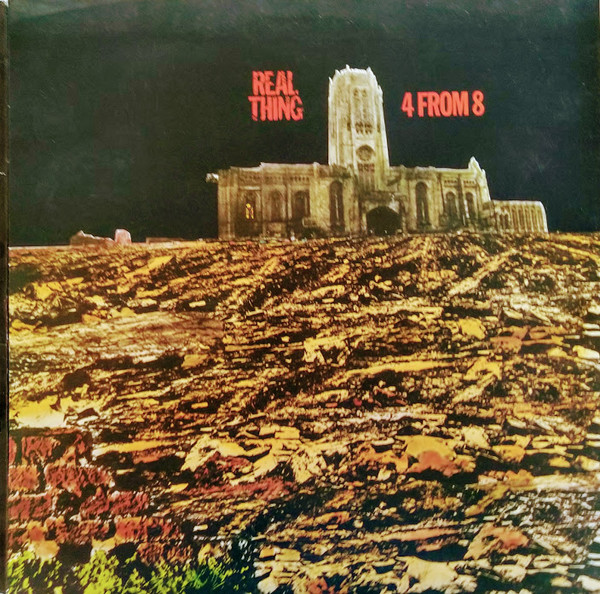
This was intended as a companion piece to High Rise, Low Life – Mary, Mungo and Midge in Paradise, which appeared in ESTATE Edinburgh’s programme, SPECTACLE. The piece was dropped partly for space reasons, partly because it seemed to connect more with Jimmy Cauty’s previous work, The Aftermath Dislocation Principle. It ended up being published first in the Creeping Bent Organisation’s online litzine, FRETS, and appeared during July 2021 to mark the 40th anniversary of the Liverpool 8 riots.
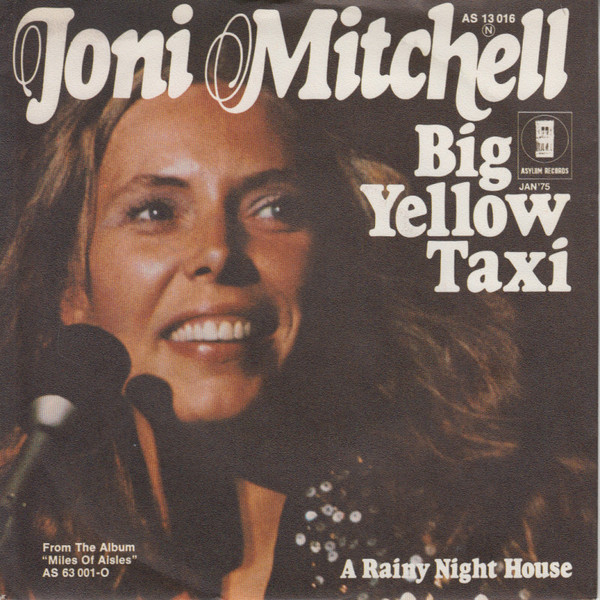
Big Yellow Taxi - Joni Mitchell (1970) – Written in a hotel room in Hawaii after Mitchell gazed out her window at an endless parking lot, this environmentally aware singalong first appeared on Mitchell’s Ladies of the Canyon album, prior to a live version becoming a hit four years later.
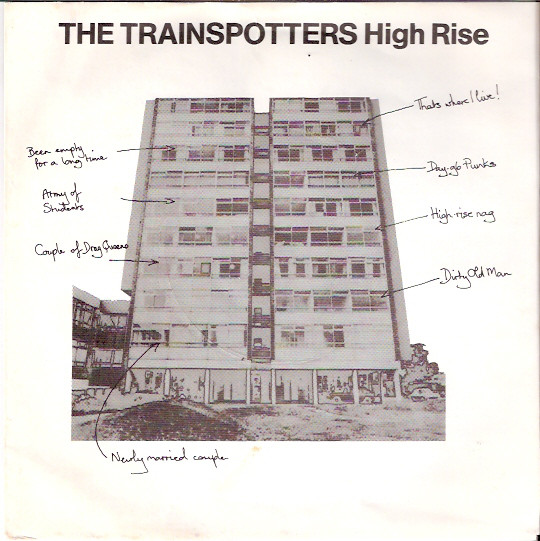
High Rise – The Trainspotters (1979) – Punk rock pastiche from a band led by uber square Radio 1 DJ Mike Read, High Rise played on punk’s snotty faux streetwise appeal, with a cartoonish portrait of each of the residents in the block, before closing with a parting shot of ‘I wanna live underground’ worthy of an East End Dostoyevsky. Probably.
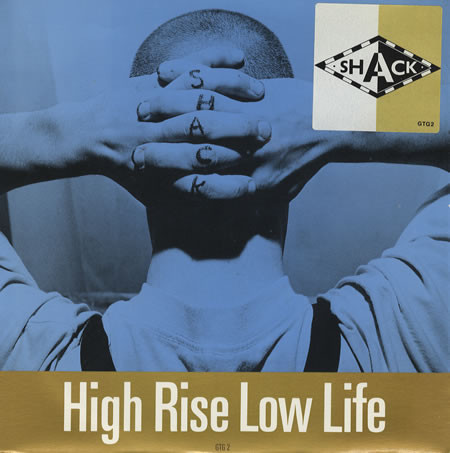
High Rise Low Life / Who Killed Clayton Square? – Shack (1988) – Two entries from under-achieving purveyors of Scouse scallydelia, both from their debut album, Zilch. This is the sound of the band’s singer and main songwriter Michael Head getting back to his roots with social realist observations of town planning follies that decimated inner cities. The results can be found in Head’s later songs, Neighbours, released in 1995 on the Waterpistol album, and especially on Streets of Kenny, an I’m Waiting for the Man for Margaret Thatcher’s dole queue kids.
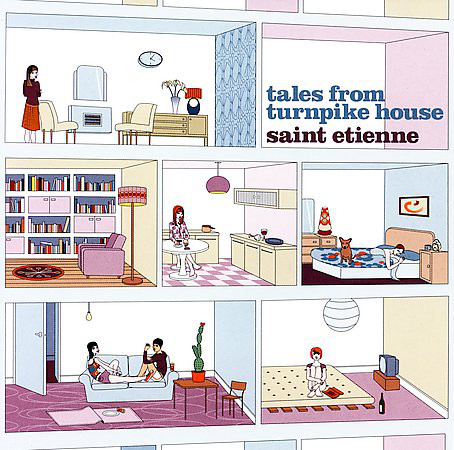
Tales from Turnpike House – Saint Etienne (2005) – Ostensibly based in a high rise block in East London, Saint Etienne’s retro-future pop song cycle that allows the listener to eavesdrop behind closed doors by way of a wistful series of impressionistic sense memories and thumbnail portraits of lives in rest and motion among the block’s residents.
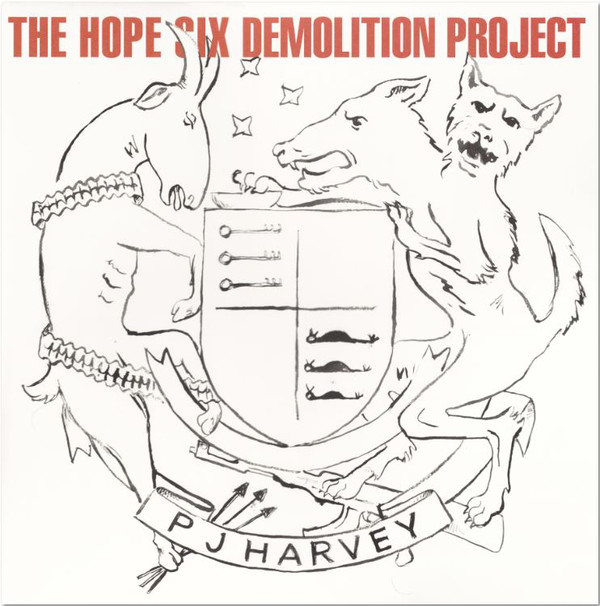
The Hope Six Demolition Project - PJ Harvey (2016) – Another song cycle, this time born of Harvey’s time in Washington DC with photographer/filmmaker Seamus Murphy, when she was given a tour by Paul Schwartzman of the Washington Post. The album’s title refers to the U.S. Hope VI urban redevelopment projects, intended to revitalise areas of run down public housing, but with residents sometimes said to be unable to afford to live there. The opening track, The Community of Hope, received criticism from Washington politicians.
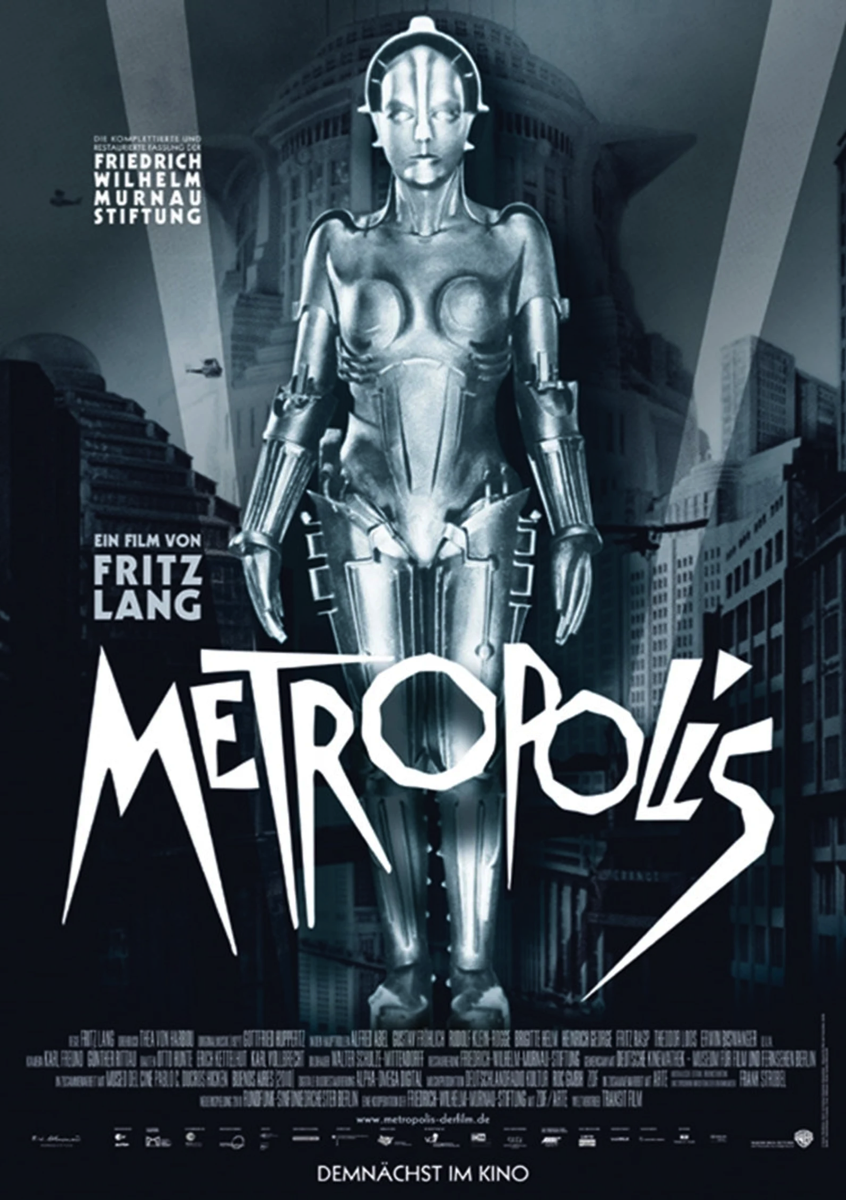
Metropolis (1927) – Directed by Fritz Lang, a futuristic dystopian silent film, in which the wealthy live in luxury skyscrapers, while the workers power the city underground.
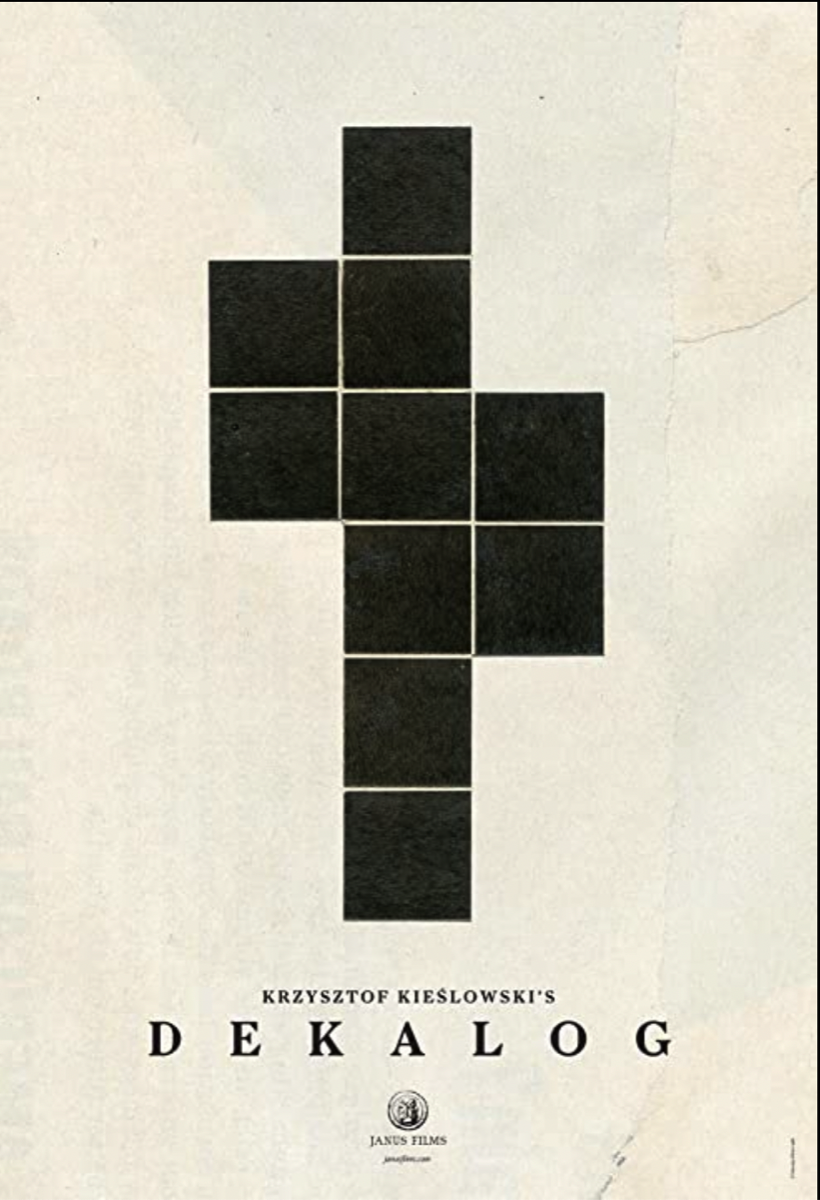
Dekalog (1989) – Directed by Krzysztof Kieslowski. Ten-part TV series based on the Ten Commandments and set in and around the same housing estate in Poland. The series included shorter versions of A Short Film About Killing (1988) and A Short Film About Love (1988).
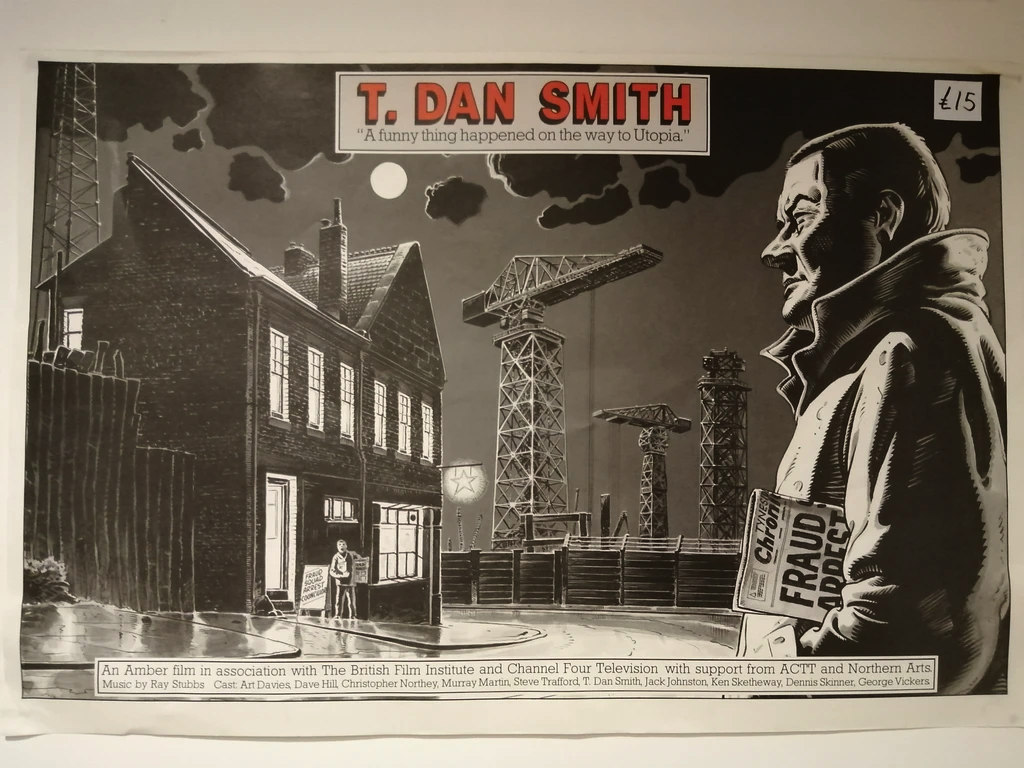
T. Dan Smith : A Funny Thing Happened on the way to Utopia (1987) – T. Dan Smith was the flamboyant Newcastle Labour councillor who sought to regenerate the city, but who in 1974 was sentenced to six years in prison after accepting bribes from architect John Poulson. This experimental drama documentary was produced by photography collective Amber Films, and charted Smith’s rise and fall, with Smith himself appearing.
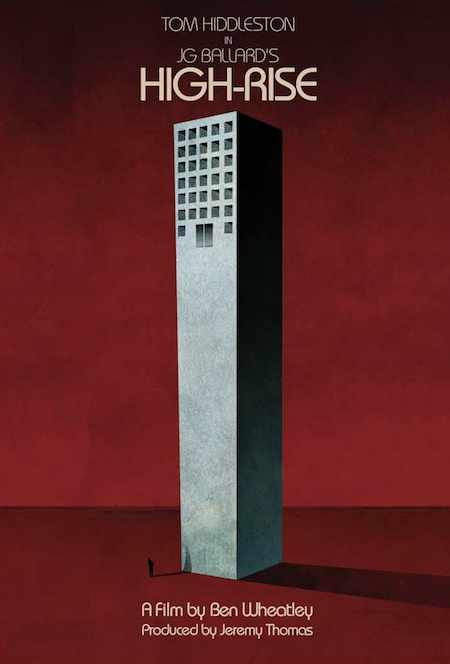
High-Rise (2015) – Ben Wheatley’s film version of J.G. Ballard’s 1975 novel, set in a 1970s tower block, where civilisation starts to break down. Soundtrack includes Portishead covering ABBA’s song, SOS.
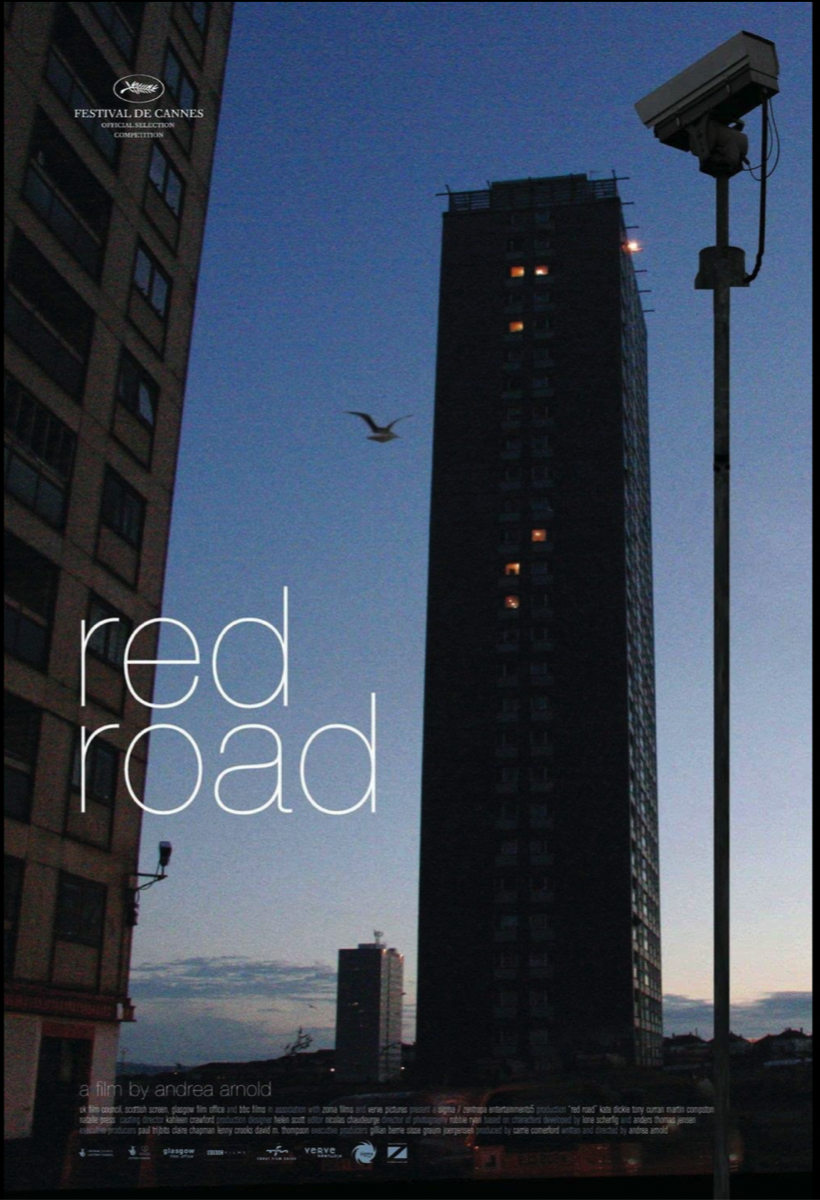
Red Road (2006) – Directed by Andrea Arnold, set in and around Glasgow’s now demolished Red Road flats, where a CCTV security operator observes a man from her past.
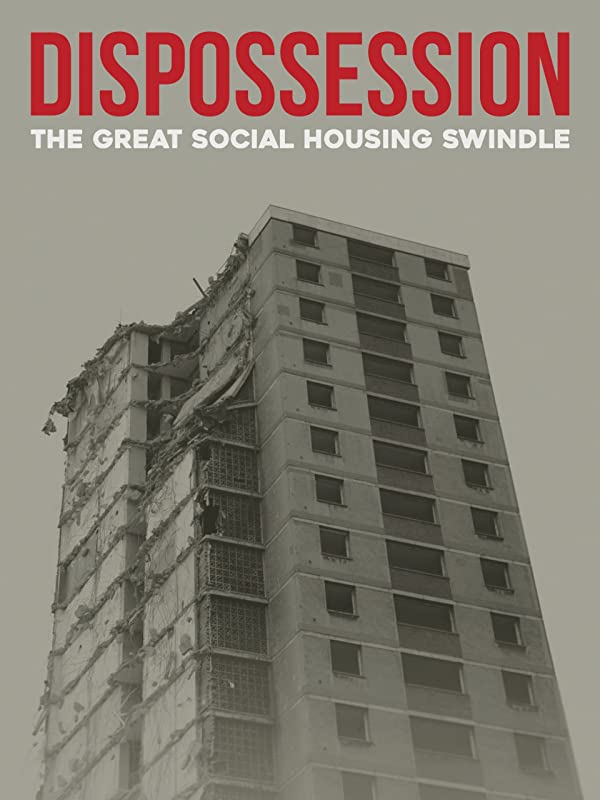
Dispossession: The Great Social Housing Scandal (2017) - Documentary that explores some of the political agendas behind social housing over the last half century, from Margaret Thatcher’s Right to Buy scheme in 1980, through to decades of neglect, privatisation and gentrification that has seen communities challenging the perceived wisdom of state interference.